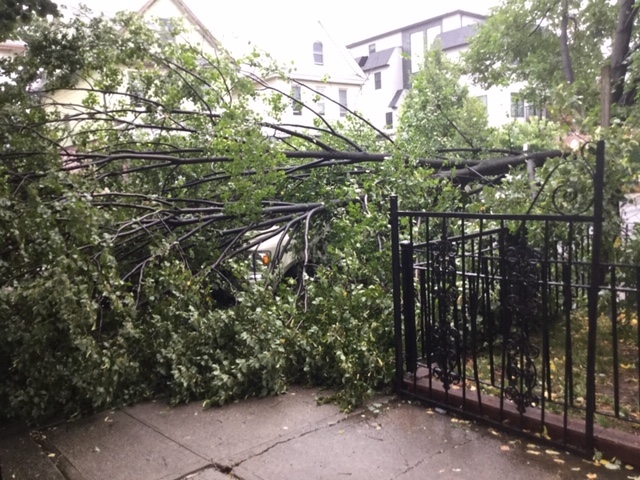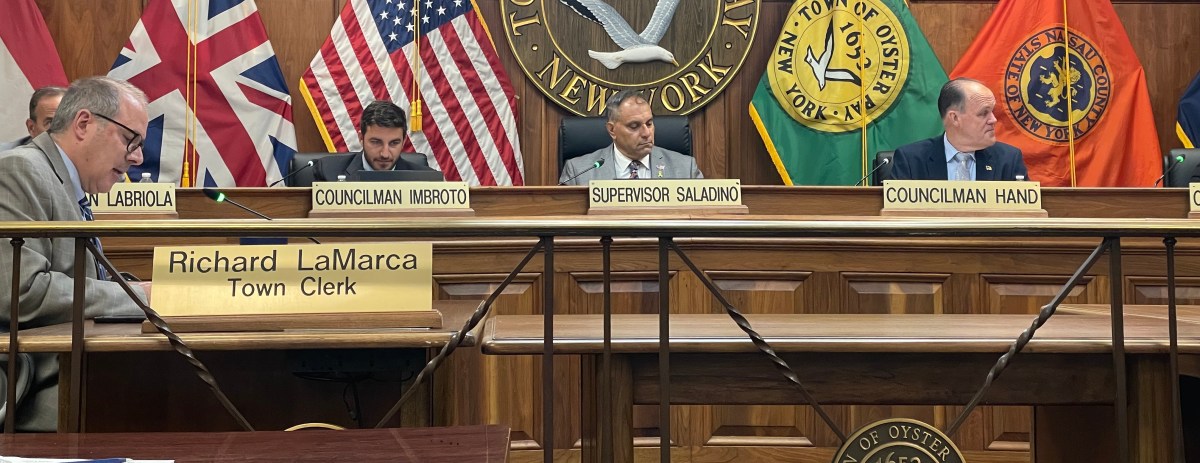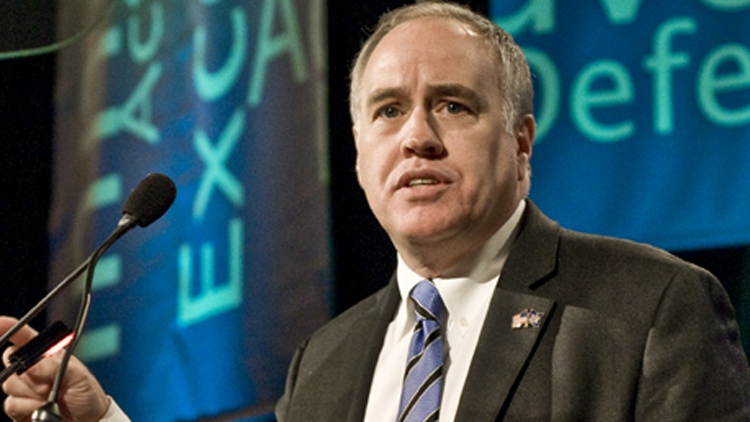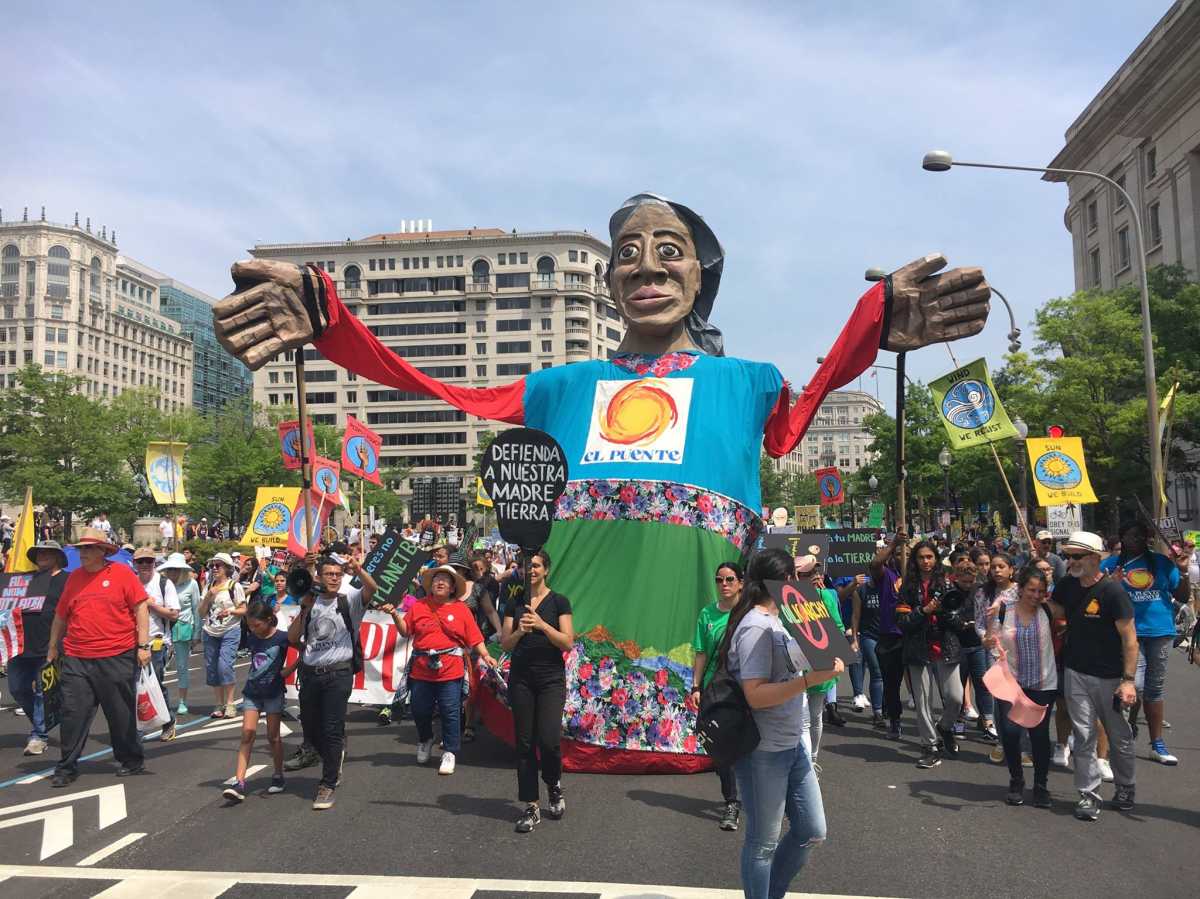Tropical Storm Isaias wasn’t as bad as Superstorm Sandy, but trees were still ripped up from the roots by hellish winds, and of course, the COVID-19 crisis raged on in the background and 300,000 customers in Brooklyn lost power.
And in its wake, Elizabeth Malone, Insurance Programmer Manager at Neighborhood Housing Services of Brooklyn (NHS) along with Hannah Siegel, Climate and Health Project Manager and Program Evaluator at the city’s Department of Health (DOH), held a virtual seminar yesterday to educate members of the public on the impacts of climate and weather to Brooklyn residents’ property and health.
Malone clarified the storm’s sustained winds were hurricane category one, which qualified Isaias as a tropical storm similar to 2012’s destructive Superstorm Sandy. Isaias storm’s winds were technically four miles below being an actual hurricane by the time it reached the designated region determined by FEMA in New York, she said.
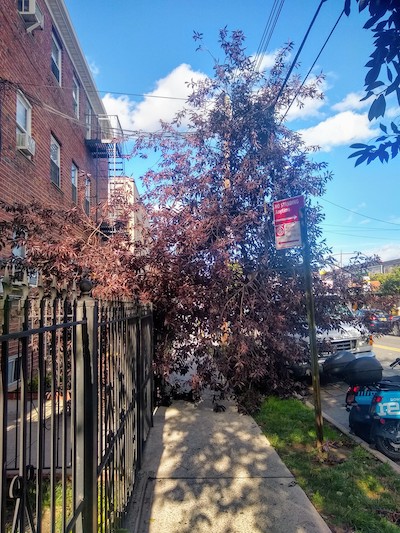
The key difference between now and Hurricane Sandy, Malone said, was that Tropical Storm Isaias had less flood damage and higher wind damage. According to National Oceanic and Atmospheric Administration (NOAA) reports, the winds in parts of Kings County ranged from 45 to 51 miles per hour (mph) for the past day or so, however, in parts of Suffolk and Queens Counties maximum wind gusts reached up to 78 mph.
Wind gusts are what caused the substantial amount of tree falls and property damage accrued this week. Based on 311’s damage tree data so far, starting August 1, 15,355 people have called in to report fallen or cracked branches, or an entire tree has uprooted, compared to November 1, 2012 which had over 19,000 service requests.
“Heat and heat islands are a huge issue and growing problem,” said Malone, “One of the ways to address it is to break up these heat islands with green cover and spaces. So definitely replace your tree.”
The heat index in New York City has prompted several advisories this summer, said Seigel, which adds an even greater strain to the ongoing health crisis.
“That’s another reason why the city is so concerned this summer about making sure people for high risk for heatstroke have the resources they need because there is also a similar risk in that population for COVID. And not just by health status or age, but as we’ve seen, outcomes of COVID are stratified by race. As is heat-related illness,” said Seigel.
Seigel said that racial poverty lines and lack of access to resources, like green spaces to break up heat islands or not being able to afford an air conditioner, is a major socioeconomic reason for heat-related illnesses that have similar symptoms and warning signs as a COVID patient.
The city launched it’s NYC Get Cool program, which has free air conditioners for seniors and low-income houses, and reduced energy bills for qualifying households, in order to combat these anticipated COVID-19 and heatstroke complications.
“All along the city has been working with us for alternate plans for cooling and handing out air conditioners because they didn’t want folks coming out and going to cooling centers and there being a challenge there,” said Matthew Sniffen, Con Edison Vice President of Emergency Preparedness, who spoke briefly with media about preparing for power outages from heat and wind all over the city.
Malone ended the seminar with a few helpful tips to homeowners during a storm crisis.
Flood insurance rate maps done in 1983 for Canarsie, for example, said Malone, are completely outdated. Newer maps will have two-thirds of Canarsie moving into high-risk flood zones and homeowners will need insurance.
“The issue for us in Brooklyn is that every borough is having changes so you need to be aware of what your flood risk is, what your flood damage was,” said Malone pointing to a topographical map of the city.
Malone emphasized that NOAA determines the wind reports and therefore if wind damage is covered by insurance. She pointed out that flood damage, meaning specifically a rise in tides or moving groundwater, is a completely different type of water damage from seepage and water back up. They aren’t always covered by a standard home insurance policy. And lastly, that knowing your flood zone is critical and not always the same as your evacuation zone.
Check out FloodHelpNY.org if you want more information about looking up a specific flood zone.


